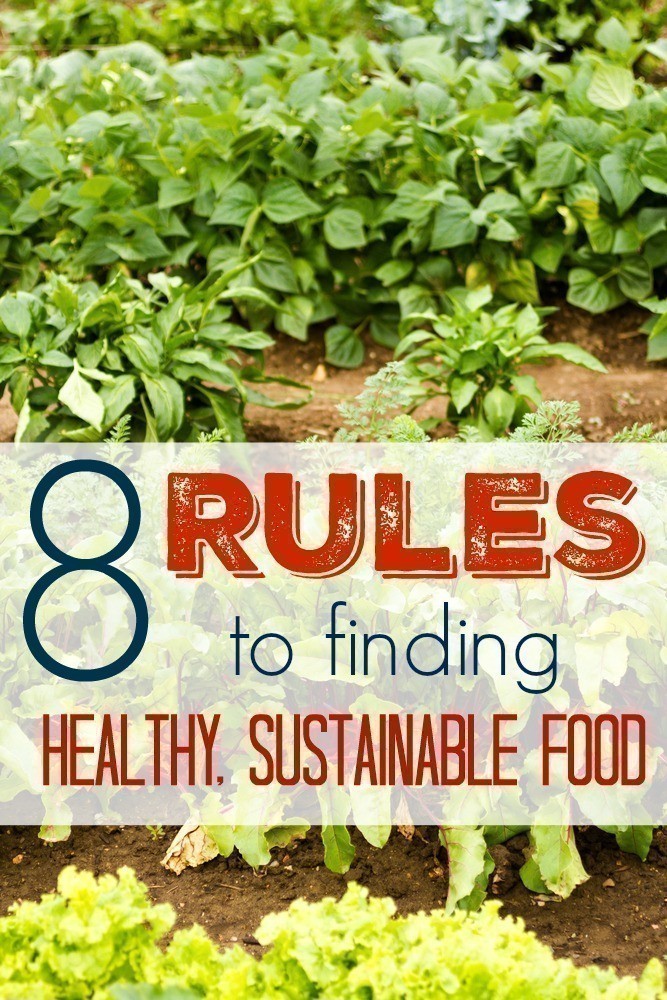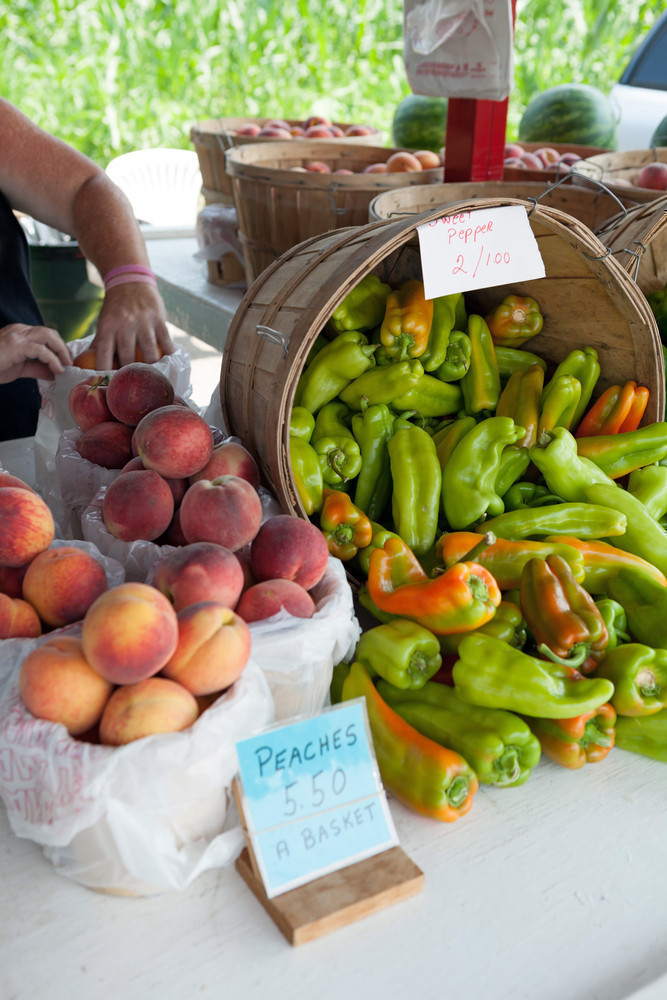
Over the last few weeks we have talked about food quite a bit – why you should care about what you eat, how to combat the urge to eat unhealthy, and how to make organic food more affordable.
Some of you have LOVED reading these helpful posts – some, not as much. No matter where you are in your journey to eat better and be healthier, one thing is certain: People do not like ANY change.
There is no arguing that your health is a result of what you eat, as well as your lifestyle – whether or not you choose to accept that is solely your responsibility.
You can decide to make changes or you can opt to stay in the same place and continue on your path – one thing is certain, we are motivated to eat better, we have made that commitment.
It can be SO easy to become discouraged with the entire business of eating better… especially when you don’t know where to start. You might think that it costs more to eat organic (and in some cases it does, but not always). Just remember though, it’s more of a mental choice than it is anything else ~ the rules for shopping organic have NOT changed.
So what has?
The labels have changed over time.
Over the last 10-15 years, genetically modified foods have yielded faster crops, which in turn allows for more of those ingredients to make the food that stocks your grocery shelves. There is less focus on eating better as coupons and advertising always leads to unhealthy, processed items (Silk Milk, Kids Cereal, and more…).
Just this morning I heard the radio station commercials promote McDonald’s and their Sausage Burrito & Soda for $1.00 each as a quick, convenient way to eat breakfast (never mind the health implications…)
And the amount of Sugar a typical American eats each day is almost 5 times what is recommended.
The health of our nation is not getting better, but over time you see more problems with obesity in children, attention deficit disorders, diabetes and more.
Whatever food you are looking to buy, whether it be imported Organic, or locally grown from your Grocer or Farmer’s Market (or, local farmer), here are 8 Ground Rules to finding Healthy, Sustainable Food.
#1 – It is NOT Genetically Modified
Keep GMO’s out by eating less fake food. GMO’s are in almost all of the processed food in store shelves. Look for the USDA Organic and/or Non-GMO Project Certified logo.
#2 – It does not contain artificial anything, nor preservatives
Food Additives can be found in packaged foods with un-whole ingredients.
They can be found in diet foods, fried foods, FAST foods, and foods rich in refined sugar as well as sweetened foods. You can see a list of foods that you should avoid that contain added ingredients.
#3 – It’s Grown without Pesticides and Chemical Fertilizers
Organic foods fit this description — but there are ALSO a few Non-Organic that do too.
Read our tips to help make organic more affordable. If you can’t grown your own garden, try to join a local CSA – a farmer who grows their crop without pesticides and fertilizers will usually have available half or full shares each week for one-time purchase or subscription.
#4 – It did not come from a factory farm
Chicken might be inexpensive at the store, but in most cases it came from a factory farm.. that means that the chicken you are throwing in your cart that’s $.59 – $1.77 lb more than likely came from a factory farm. Hate to say it.. but it did..
Ground Beef is not much better.
Chickens bred for meat are the most genetically manipulated animals .. forced to grow 65 times faster than their body would normally (HERE). Not only are they manipulated, they are fed grains – which consist of corn, and since 88% of corn in the U.S. is genetically modified, that is absorbed into their systems, you are being exposed to far more GM DNA. Cheap chicken might be affordable, but the price you pay long term may not be.
#5 – It’s grown with the laws of nature in mind
This essentially means that animals are fed their native diet – not a mix of grains and animal byproducts. This also means that animals have free range access to the outdoors. Is it worth it? You decide.
If you eat eggs, chances are .. your chickens don’t have access to the outdoors – unless of course you are paying eggs from a local farmer (which in most cases are fed with Organic feed with room to roam…)

#6 – It’s FRESH (NOT Boxed or Packaged!)
That means the bulk of your diet should come from FRESH produce, not boxed foods with preservatives that you have to unpackage to cook (Hamburger Helper, microwave meals, Kids cereal, pop tarts)…
Opt for more produce, less packaged.
If you are faced with the choice of Organic produce or fresh, conventional produce always try to go organic. If you can’t afford to make that step, at least go for the items earmarked on the dirty dozen list.
#7 – It’s grown without the use of added growth hormones or antibiotics
No hormones are used in poultry production – and while it is banned in the poultry industry, it is perfectly legal and accepted in the beef cattle industry.
Right now, a modern chicken farmer now in today’s age can take a day old chick and grow that chick into a five pound broiler in 6 weeks (that’s half the time it would have taken 50 years ago..) That change is due to a change in genetic chicken traits, and genetic breeding that has allowed the breast size to increase 80% (Source).
Currently there are 5 hormones approved in growth implants for cattle (including progesterone, testosterone, zeranol + more)…and unlike poultry, most beef cattle fed in the U.S. do receive a growth promoting hormone implant when they enter the feedlot.
#8 – It’s grown in a sustainable environment
Try to go for food that wasn’t necessarily trucked in thousands o miles from out of state.. look for local farmers who are growing sustainably – by turning animal waste into fertilizer and through water conservation/use.
You can check out this list for a sustainable agricultural group in your area.




Leave a Reply
You must be logged in to post a comment.